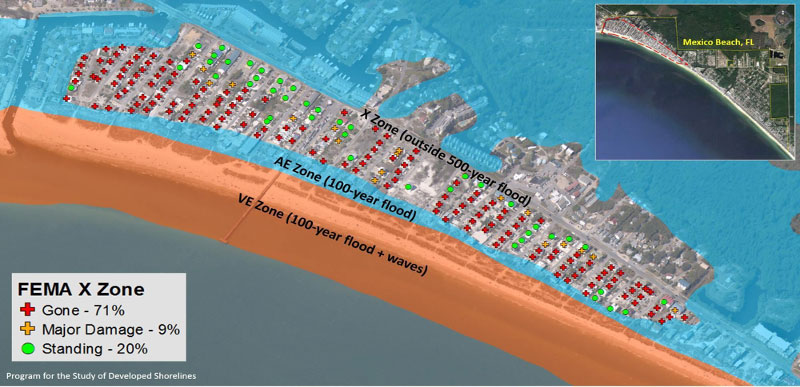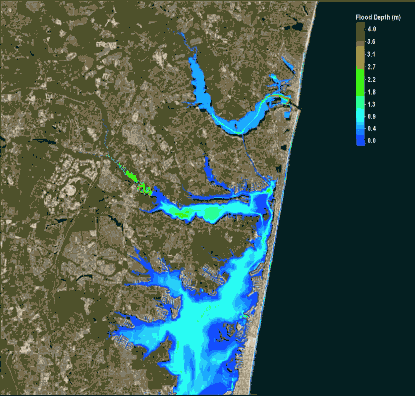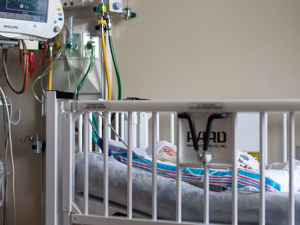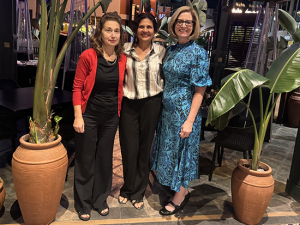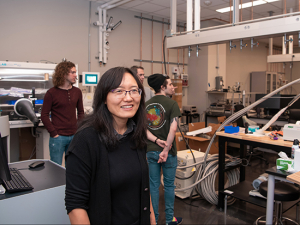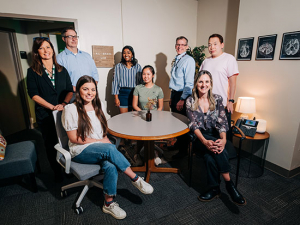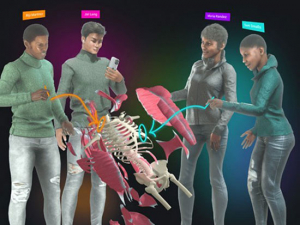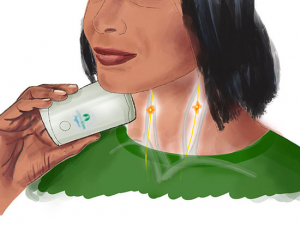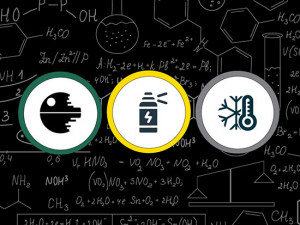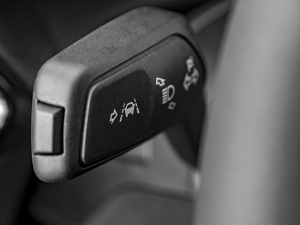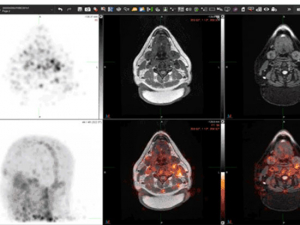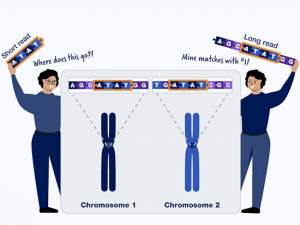 When Hurricane Michael slammed into Mexico Beach in October 2018, it wasn’t just the strongest hurricane to hit the Panhandle or the strongest October hurricane on record to land in the United States. Climate scientists consider it a warning of what is to come: Sea levels are rising and the impacts of global warming are becoming more pronounced. The asphalt jungle is spreading, too.
When Hurricane Michael slammed into Mexico Beach in October 2018, it wasn’t just the strongest hurricane to hit the Panhandle or the strongest October hurricane on record to land in the United States. Climate scientists consider it a warning of what is to come: Sea levels are rising and the impacts of global warming are becoming more pronounced. The asphalt jungle is spreading, too.
“Soil soaks up 80 to 100% of rainfall; on paved surfaces, it’s 0 to 10% and the velocity of water runoff increases, too,” said Rouzbeh Nazari, Ph.D., co-director of the UAB Sustainable Smart Cities Research Center. “We’re seeing flooding after less than an hour of rainfall in places where heavy rain used to be no big deal. A major disaster used to be thought of as an earthquake or landslide. Now flooding is front and center.”
That is cause for concern for the 123 million Americans who live in counties that directly touch the seashore. But the risks, even for those living right up to the water’s edge, are decidedly unequal. Nazari, an associate professor in the schools of Engineering and Public Health, has spent the past several years creating a system to map flood risks like never before. He started work soon after Superstorm Sandy devastated the New York and New Jersey coast in 2012. His model achieves two-inch resolution, compared with the 30-foot resolution of the flood maps produced by the Federal Emergency Management Agency (FEMA), which allows him to pinpoint flood dangers down to individual houses and plots of land.
Nazari brings up a composite satellite and drone image of a section of Brick Township, one of the largest cities in Ocean County, New Jersey. His mapping model has marked each house with a colored circle. Many of these dots are green, including ones fronting Barnegat Bay, which separates Brick from the Jersey shore. But several clusters of homes stand out as patchworks of yellow and red.
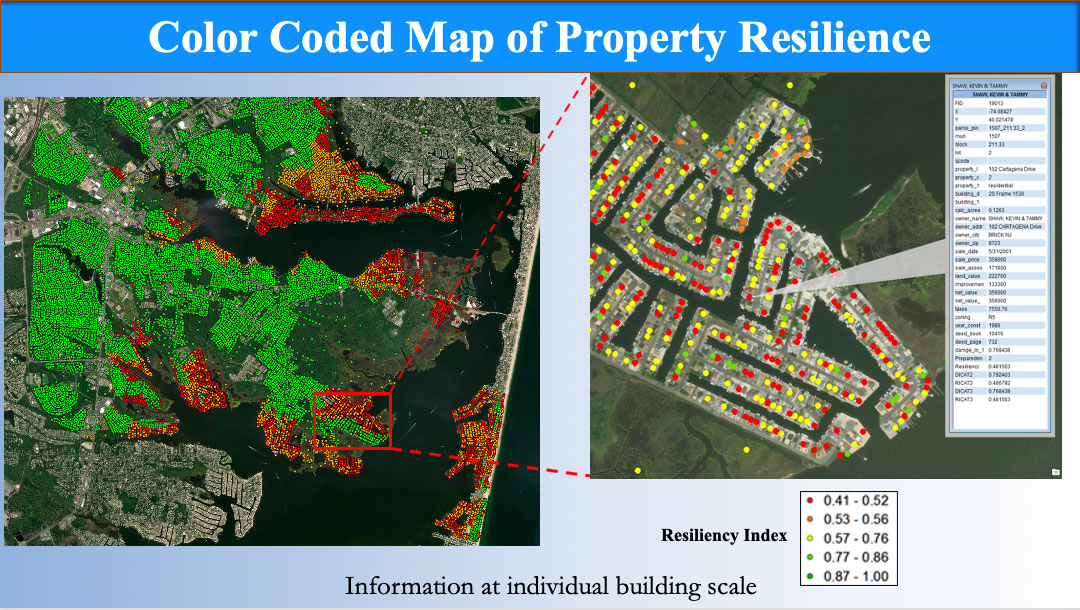 Image courtesy Rouzbeh Nazari, Ph.D.
Image courtesy Rouzbeh Nazari, Ph.D.
‘All these properties will be destroyed’
In a major storm, “all these properties will be destroyed,” Nazari said. This is more than intuition. First off, Barnegat Bay is like a bowl, he explained, with the ocean side “actually at higher elevation than the west side, where these houses are, so that is where the water will go.” That macro-level geography is just the beginning. Nazari used drones, light aircraft, laser-based LIDAR surveys, terabytes of data, hundreds of hours of computing time and thousands of hours of undergraduate effort to build his Q-Peak model and its hyper-detailed Property Risk Reports. Property elevation, underwater contours, wave action, location of utilities and a host of other factors play a role in his system — including whether or not a home has a basement. “You can see how the scenario changes on the ground at different levels of storm — a Category 1 versus a Category 4 hurricane,” Nazari said. “You see which areas go underwater first.”
Those details can be chilling. “Every time I show this, I get a tingle down my spine,” he said. “These are people’s homes. If a group of people on this street say, ‘Sandy wasn’t too bad, we think we’ll stay behind…’”
House Fax
The goal isn’t to frighten, but to inform decisions before it’s too late. “Higher resolution lets you make better choices,” Nazari said. Based on his modeling work, he created a website, NJfloodalert.com, that offers information “on how to go from orange to yellow to green” — that is, from a 50% chance of total property loss to 5% or less.
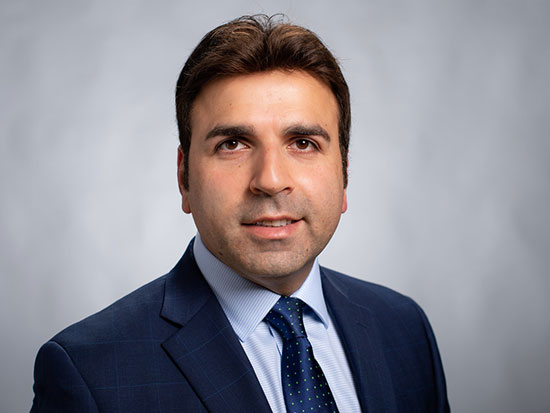 “We’re seeing flooding after less than an hour of rainfall in places where heavy rain used to be no big deal," said Rouzbeh Nazari, Ph.D. "A major disaster used to be thought of as an earthquake or landslide. Now flooding is front and center.”Homeowners can use this information to decide to buy flood insurance, build seawalls or take other preventive measures, for example. Banks and insurers can get a better idea of the risks involved in properties they are financing. And prospective homebuyers can avoid literally going underwater on a purchase. “You shouldn’t be able to sell a property for $10 million if it is going to be underwater in 15 years,” Nazari said. “This is an opportunity to pull back from these locations. You have services like Car Fax when you buy a used car. This is a House Fax.”
“We’re seeing flooding after less than an hour of rainfall in places where heavy rain used to be no big deal," said Rouzbeh Nazari, Ph.D. "A major disaster used to be thought of as an earthquake or landslide. Now flooding is front and center.”Homeowners can use this information to decide to buy flood insurance, build seawalls or take other preventive measures, for example. Banks and insurers can get a better idea of the risks involved in properties they are financing. And prospective homebuyers can avoid literally going underwater on a purchase. “You shouldn’t be able to sell a property for $10 million if it is going to be underwater in 15 years,” Nazari said. “This is an opportunity to pull back from these locations. You have services like Car Fax when you buy a used car. This is a House Fax.”
If that sounds like a good pitch for a business, you are on Nazari’s wavelength. The National Science Foundation has given him an iCorps grant to commercialize his model. “We can rate the resiliency of entire towns, specific zip codes and neighborhoods and down to individual houses,” Nazari said. Creating new maps can take anywhere from six months to a year, he explains. But the cost is far lower than an engineering firm would charge. “We have the luxury of access to armies of students who are willing to learn these methods as part of their education,” he said. “They get hands-on experience and a stipend, as well.” At Rowan University, Nazari’s previous institution, he would often have 30 to 35 undergraduates working as paid interns during the summers.
Get out of town
Nazari also hopes his map can remove another storm threat: massive traffic snarls that can be life-threatening in themselves. “Mass warning systems cause chaos,” Nazari said. “People are stuck on the roads. Then they think the storm has passed and come back too soon. The damage may look minor right after the storm passes by, but that’s because the flooding happens an hour or two later.”
One of Nazari’s latest research papers adds dynamic traffic simulation to his map model, working out the best evacuation routes from the Brick community after predicted flooding of local bridges and roadways.
“Traffic is the most critical aspect of emergency preparedness,” Nazari said. During Hurricane Rita in 2005, a line of stalled traffic 100 miles long trapped residents fleeing from Houston. Evacuees spent more than 20 hours in their cars and 100 people died on the roads. In Hurricane Matthew, which hit Florida, Georgia and the Carolinas in 2016, evacuees spent as long as 40 hours stuck on the roads.
With his model, “we are able to provide targeted warnings so police and emergency services can focus their efforts,” Nazari said. “If you only have 20 trucks to send out to help people evacuate, where do you send them? We can let a local government know, ‘Concentrate on the houses on this block and ask them to leave.’” Existing maps chart the social vulnerability of populations — noting schools and nursing homes, for example. Nazari combines that with structural information. “It will save a lot of money and avoid having everyone rush onto the roads at once.
“We need better maps and technologies and that’s where universities can do more,” Nazari said. “I tell companies, come and get the benefit of our work.”
